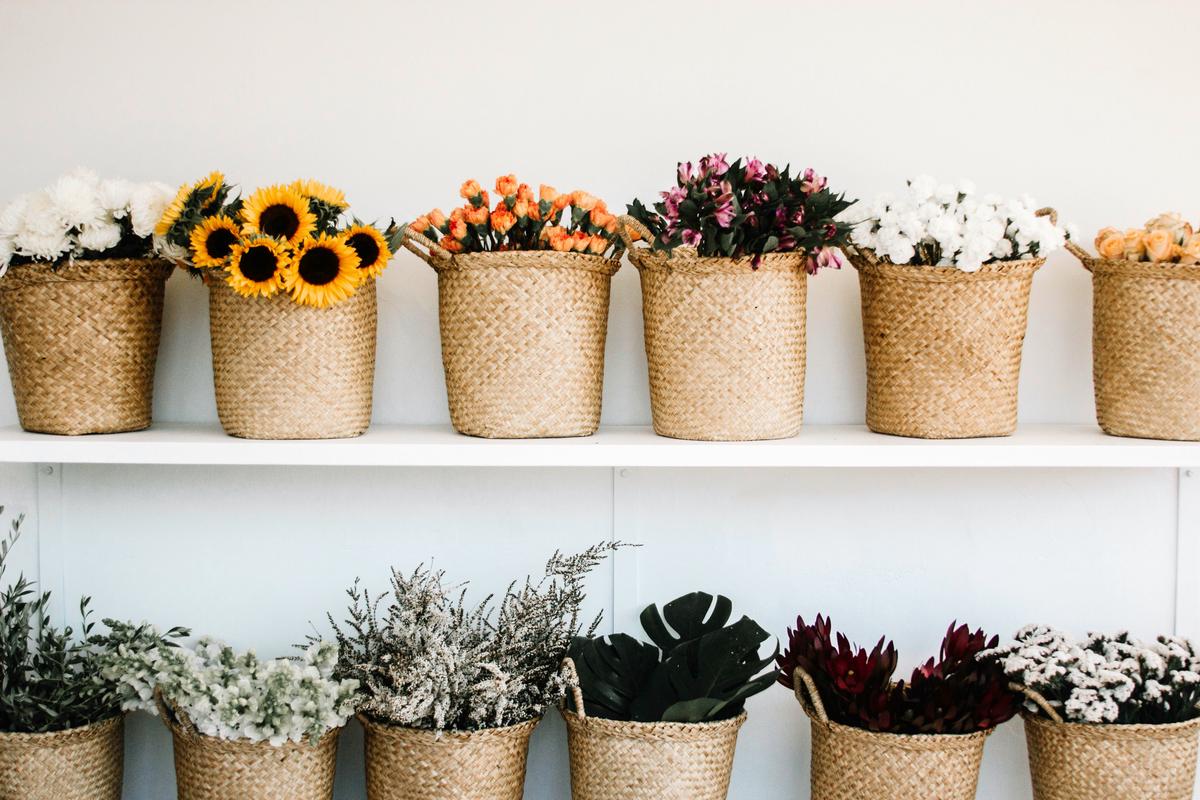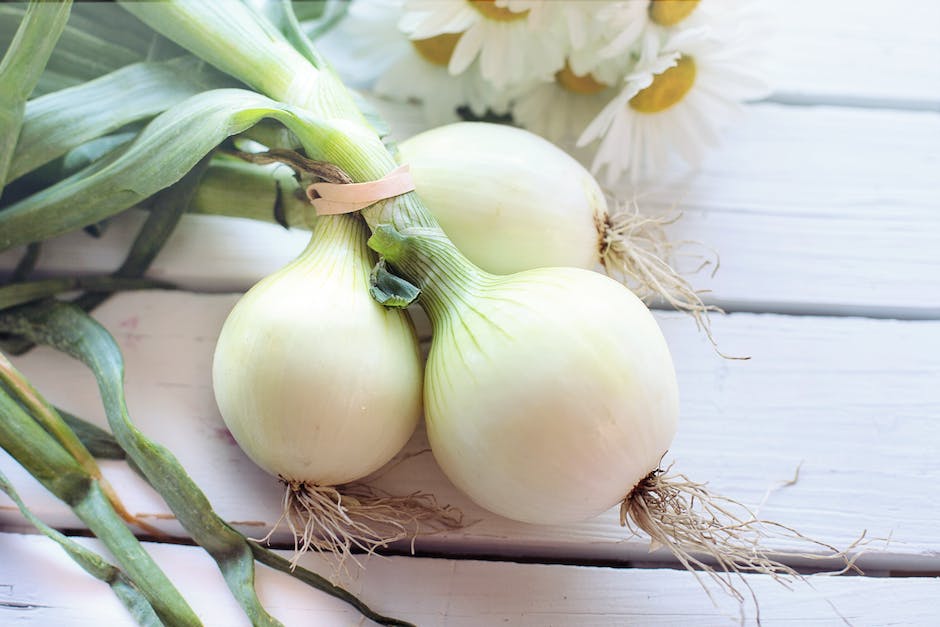Handy Guide: Preserving Garden Onions

Gardening enthusiasts and food preservationists alike understand the unique satisfaction that comes from successfully increasing the shelf-life of your own harvest. A quintessential item in this repertoire is the versatile onion. Understanding how to not only harvest but also store onions effectively can significantly reduce waste and enable access to this staple ingredient year-round. This guide will delve into the nuances of harvesting onions from your garden at the right time. Moreover, it will shed light on the process of curing and drying them properly to ensure their longevity. Lastly, it will outline several methods of preserving onions such as freezing, canning, pickling, and dehydrating. After all, adapting to the different constraints and conditions at hand is key to successful onion preservation.
Harvesting Onions from the Garden
Cherishing Your Crop: The Perfect Time and Technique to Harvest Onions for Preservation
For anyone who has basked under the warm sunshine of a joyous day, hands burrowed in the nutrient-rich soil of their garden, the allure and achievement of a successful onion harvest is familiar. This root vegetable, often overlooked in the market, becomes a star when cultivated and harvested mindfully, leading to the heartwarming experience of preserving them to enjoy in hearty meals during the colder months. There’s nothing quite like having a pantry stocked with sweet, pungent onions grown lovingly in your own garden.
The question of when to harvest onions is intriguing. It is never about a specific date or calendar-based decision. Rather, nature tells us precisely when. Onions are ready to be plucked when their green tops naturally fall over and begin to brown, usually 100 to 175 days after planting, dependent on the variety. This is a sign that the onion has stopped growing and is ready to be stored. You can almost hear the onions whispering sweetly, “Ready when you are.”
Leave the onions in the soil for a few more days, giving them some additional time to mature. Then, on a dry day, gently loosen the soil with a garden trowel and pull the onions out. Be careful not to squeeze or damage the bulbs during the extraction process. They are, after all, the savory stars of the show.
Once your onions are harvested, it’s vital to cure them for preservation. For the uninitiated, curing is simply the process of drying out your onions to prep them for long-term storage. It helps toughen up the outer skins of the onions and seals off the necks, preventing bacterial or fungal infestation which could damage the crop. A task filled with patience and anticipation, but well worth the wait.
To begin curing, spread the onions out in a single layer in a well-ventilated, shady, and dry spot, ideally on screens or racks to maximize air circulation. Remember, while a sunny window sill may appear inviting, direct sunlight can cause the onions to overheat and spoil. Allow them to rest for a minimum of two weeks or until the outer skins tough, the necks dry and tighten, and the tops become brittle.
Some Onionistas swear by the practice of braiding the dried greens together to hang their harvest. Not only does this add a rustic charm to your kitchen, but it also provides excellent airflow around each onion. To braid, simply gather three onions by their tops and start to braid as if you were braiding hair. Keep adding onions and continuing the braid until you have a beautiful, hanging strand of your plumpest, finest onions.
Our onions, now wholly cured, await their chance to add that flavor punch to plenty of delectable dishes. For maximum longevity, store them in a dark, cool (around 40-50°F), dry place, away from potatoes which emit a gas that makes onions rot faster. A bamboo steamer, mesh bag, or even a pantyhose can make an excellent storage space.
Harvesting and preserving onions may be a skill that requires some patience and care, but the reward of pulling a beautifully cured onion from your stock, knowing you had a hand in its growth from seed to bulb, is pure satisfaction. It’s the stuff that makes the labor under the sun and in the dirt, a hobby worth cherishing. Happy harvesting!

Photo by caribou15 on Unsplash
Properly Curing and Drying Onions
The intriguing aspect of onion farming doesn’t end at a successful harvest! Did you know there’s a special art to being able to thoroughly enjoy the bulbs for the longest possible time post-harvest? Yes, we’re referring to the process of curing and drying onions! Not only does it prolong the shelf-life of your onions but also enhances their signature flavor!
You might wonder why it’s necessary to cure and dry onions. Onions are entirely packed with moisture. If left without proper drying, they could quickly degrade, losing their delectable taste and nutritious value, or worse, get spoiled. Therefore, this process allows the onion to form a protective layer over the bulb, safeguard its internal moisture, and thus maximizing its shelf-life.
Step one in the curing process is regulating natural aeration. After harvesting, spread the onions out in a well-ventilated, warm and dry space, taking care not to stack them on each other. The layer of skin on the outside of the bulb starts drying during this process, becoming thin and papery.
After a week of basic air-drying, you’ll note that the onion skins start to rustle when touched, indicating they’re semi-cured! Now it’s time for the second step of the curing process. Here, cut off the leaves about 1 to 2 inches above the bulb and let the bulbs dry for another couple of weeks.
Following this period, check your onions to ensure they have cured properly. If the necks are tight and the outer skins are crunchy and dry, yours onions have passed the test!
Once curing is complete, we can move into the realm of drying onions. It’s as simple as it sounds! When onions are cured, relocate them to a cool, dry place. This prevents any chance of mold or mildew. Make sure they have plenty of airflow at all times. Traditionally, onions were hung in mesh bags, onion nets or even pantyhose!
Lastly, remember to check in on your stored onions periodically. Any signs of sprouting, softening, or molding should prompt immediate usage. Removing compromised onions in a timely manner can help keep the rest of the stock healthy and long-lasting.
Curing and drying onions may seem like a challenging task at first glance, but trust us, the process is as satisfying as being a skilled onion grower. Not only does it ensure you far-reaching longevity for your onions, but it also amplifies the rich and intense flavors unique to onions. This remarkable process is an integral part of onion farming and is a truly enriching experience that all gardening enthusiasts should explore.

Methods of Onion Preservation
Onion enthusiasts, fasten your garden gloves!
Building off the great knowledge we’ve set as a foundation, we’re going even deeper into this beloved bulb.
We already know how crucial it is that we get our harvests right, cure our onions to perfection, and find just the right storage conditions.
Now, let’s jump into more essential details that will fine-tune your onion storage skills!
First off, sorting.
One rotten onion can, and will, spoil the bunch!
Carefully inspect your cured onions, discarding any with obvious injury or signs of disease.
A small bruise or cut can lead to spoilage, risking all your other stored onions.
Be especially watchful on the respective tops and bottoms – the neck and root plate should both be fully dry and free of any soft spots.
Extra time and careful examination now can prevent huge losses in the long run.
After sorting, it’s time for our next tip: use nets for storage!
Onion storage nets, while a cleverly specific item, have been around for quite some time for a solid reason – they work!
These nets enhance air circulation and prevent any excess moisture from accumulating.
Just carefully fill these nets with your pristine onions, tie them off, and hang them up in your chosen cool, dry storage location.
Now, let’s briefly talk about temperature.
Onions prefer cool conditions, but not freezing.
Strive for a temperature range between 35 and 40 degrees Fahrenheit.
Any higher, and your onions might sprout; any cooler, and they might freeze, leading to mushy onions – quite a horrifying scenario for any onion aficionado!
Humidity is another key factor that needs some attention here.
The ideal humidity for long-term onion storage ranges around 65-70%.
If you live in a dry climate, your naturally lower humidity might just work out perfectly.
For those living in areas known for their humidity, consider using a dehumidifier to help create an optimum environment.
Lastl, on to the periodic onion inspection.
Every few weeks, it wouldn’t hurt to run a quick check on your stored onions.
Be aware of any onions that have sprouted, look rotten or moldy, or have an off-smell.
Remove these immediately to protect your other storied onions.
These tips, though perhaps seeming like minor adjustments, can greatly enhance the longevity of your treasured onions.
Remember, the art of perfect onion storage is a continual process of learning, adapting, and improving.
It may seem tricky at first, but it’s definitely worth the effort for the satisfying result of having your own preserved homegrown onions readily available.
So, keep honing these surprisingly versatile and deeply satisfying skills, fellow onion enthusiasts.
Here’s to a successful storage season!

From the act of pulling onions out of the ground, to the final steps of preservation— every part of the process contributes to the lasting quality and flavor of your product. Whether you decide to freeze, can, pickle, or dehydrate is entirely up to you and dependent on the conditions at hand. Remember, successful preservation not only enhances the shelf-life of your harvest but also allows you to reap the benefits of your gardening efforts throughout the year. So, get your gardening gloves ready and embark on a rewarding journey of growing, harvesting, and preserving your own onions.



